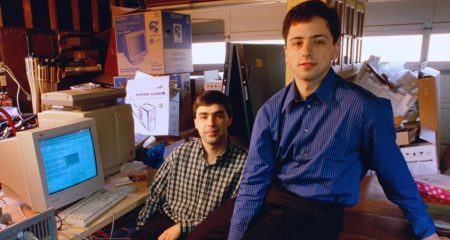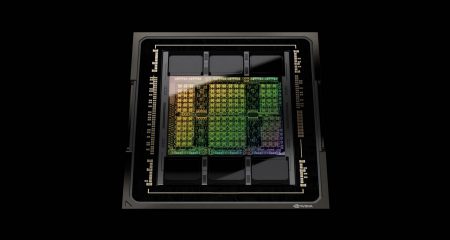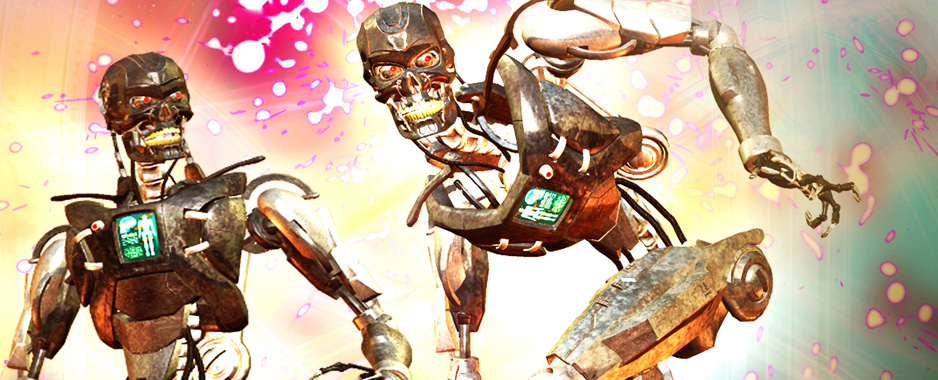 The superstars of the technology industry have been rewarded with fame and bucketloads of money for their contributions to the sector. The likes of Apple co-founder Steve Jobs and Microsoft co-founder Bill Gates easily come to mind as two of the most influential figures who helped shape the industry.
The superstars of the technology industry have been rewarded with fame and bucketloads of money for their contributions to the sector. The likes of Apple co-founder Steve Jobs and Microsoft co-founder Bill Gates easily come to mind as two of the most influential figures who helped shape the industry.
Prior to spawning a massive industry, however, advancements in technology relied on the contributions of outstanding individuals in education, research and industry – and let’s not forget the tinkerers who did it just because it was fun and ended up changing the world.
These people did not achieve billionaire status, or any considerable amount of wealth at all, but still gained renown for their work. Here names such as world wide web and HTML inventor Tim Berners-Lee and Linus Torvalds, inventor of the Linux kernel, spring to mind.
But there is another category of tech hero who gained neither fame nor fortune for their contributions to the digital enterprises now powering the world economy. These are technology’s unsung heroes.
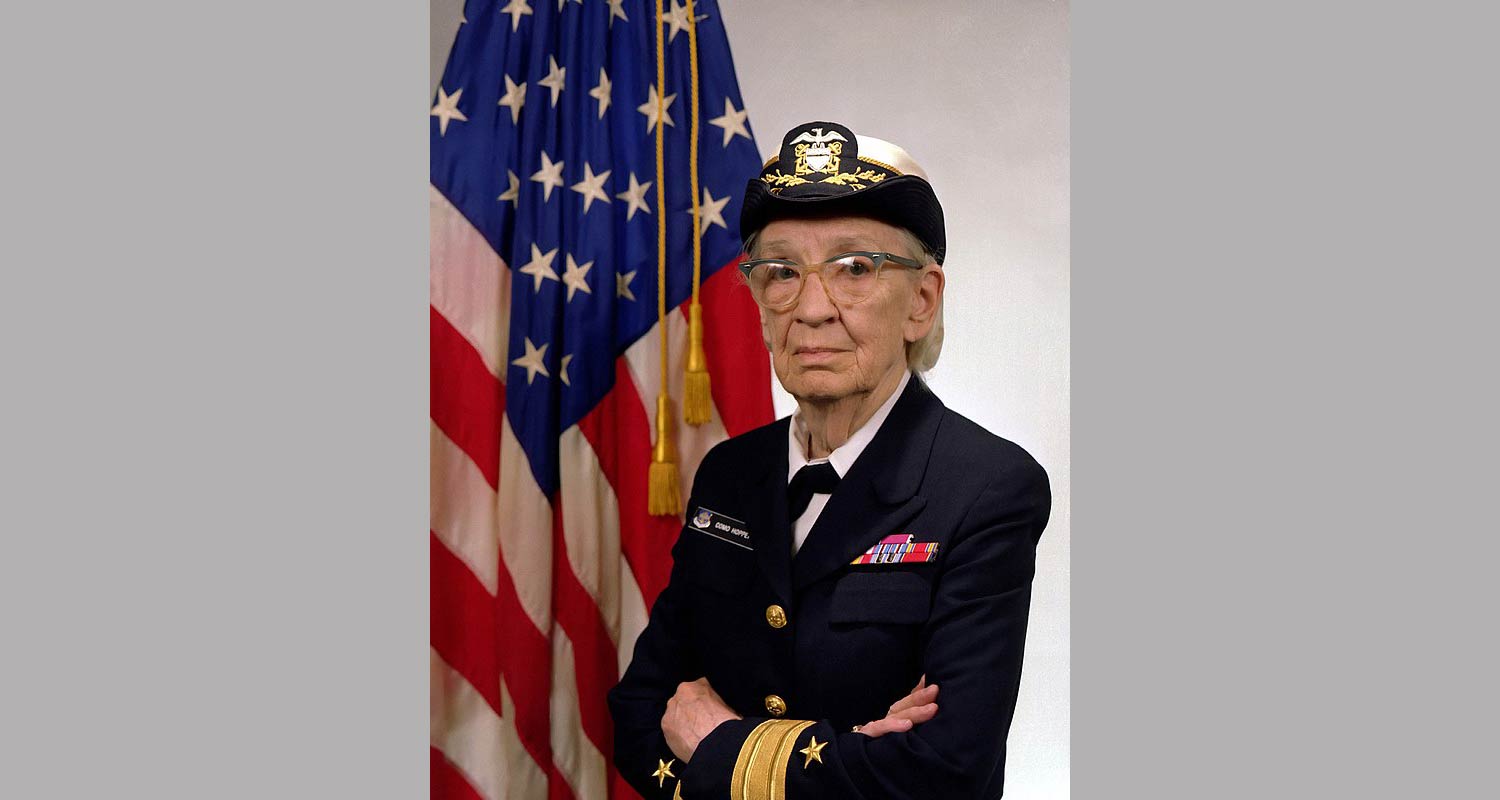
1. Grace Hopper
Grace Hopper was one of the first women to earn a doctorate in mathematics in the US when she completed a PhD from Yale University in 1934. Her love for computing developed after she joined the navy and worked on the Harvard Mach I computer in World War 2. Subsequently, Hopper contributed to the development of the Univac I – one of the earliest commercially successful electronic computers. Hopper also played a key role in the development of the Cobol programming language, which gained widescale adoption for business applications in the 1980s and 1990s, and which is still used widely today. Nvidia named its 2019 data centre graphics processors, the Hopper H100, after Hopper.
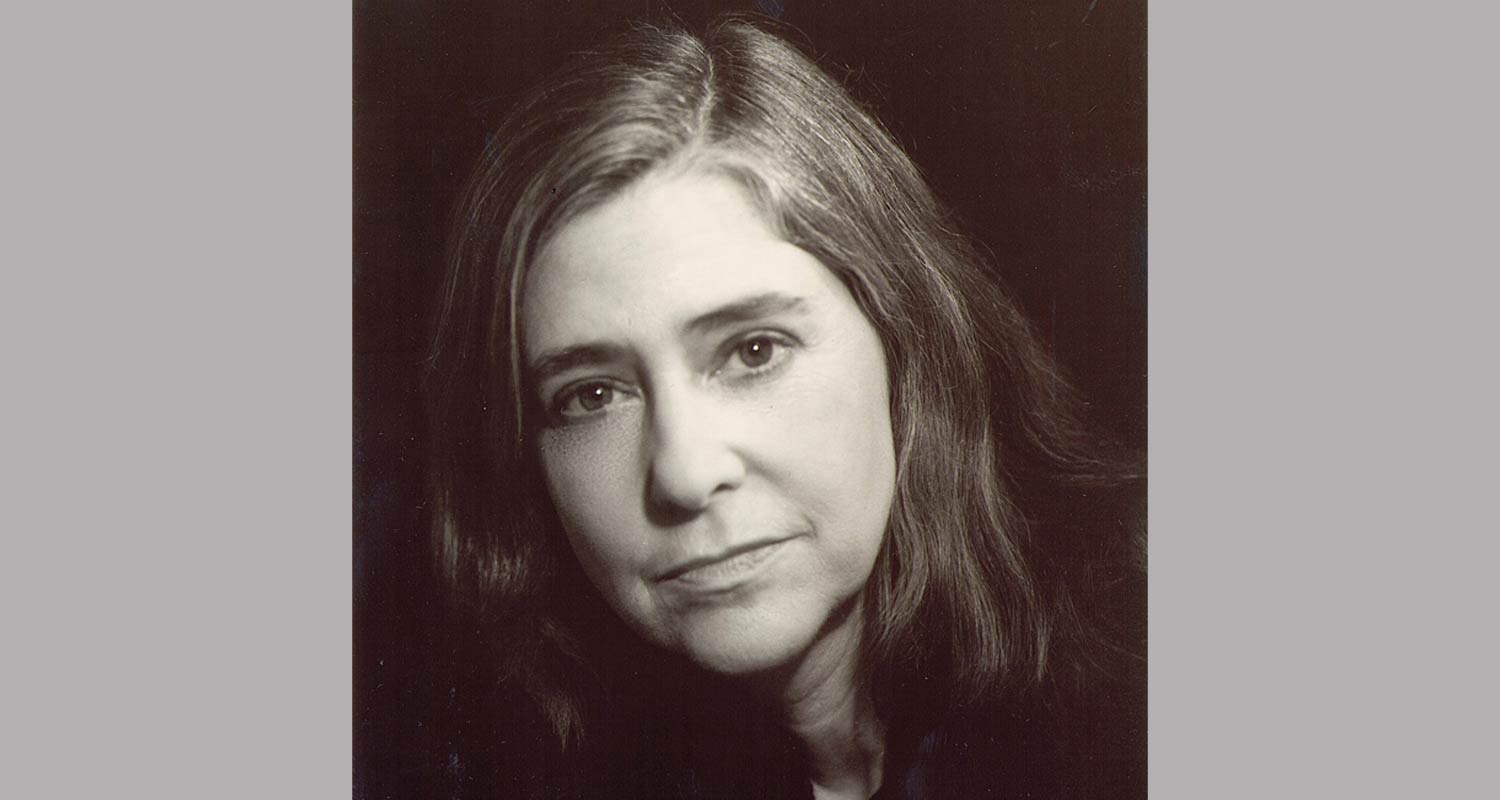
2. Margaret Hamilton
Margaret Hamilton was the lead software engineer for the Apollo space programme. She and her team developed the software that guided the Apollo spacecraft, including Apollo 11, which landed on the moon. Hamilton’s approach to creating software emphasised rigorous testing and error detection, setting a standard for reliability and safety-critical systems. She coined the term “software engineering” to describe her methodology.
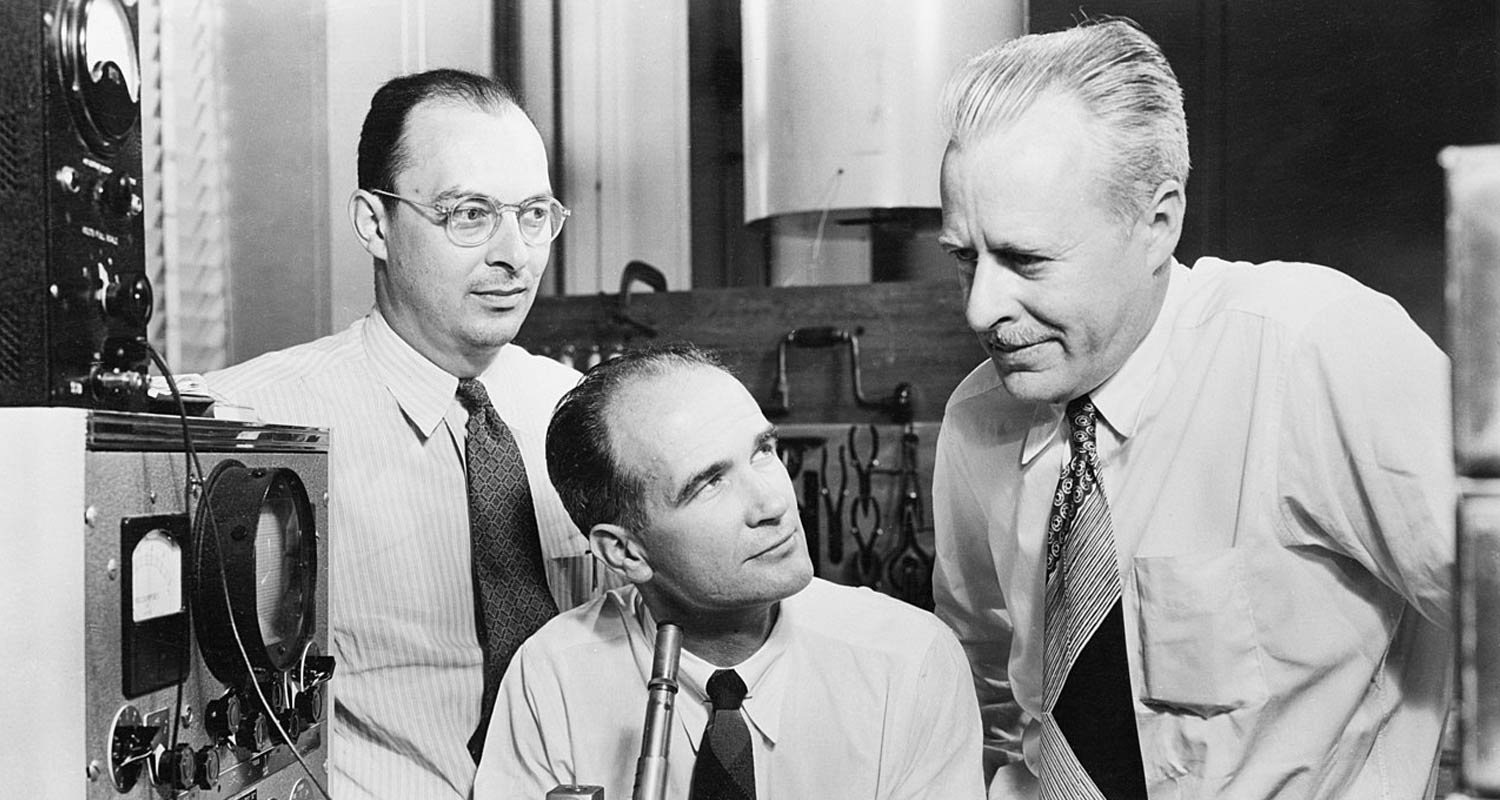
3. John Bardeen, Walter Brattain and William Shockley
The work of mathematicians and logicians such as Karl von Neuman and Alan Turing showed that computing machines could drastically improve human productivity – but this was just theory. Early computers used fragile vacuum tubes that were bulky and unreliable with very little capacity. But in 1947, three Bell Laboratory scientists, John Bardeen, Walter Brattain and William Shockley, made faster, cheaper and smaller computers a possibility when they successfully demonstrated the first working transistor.
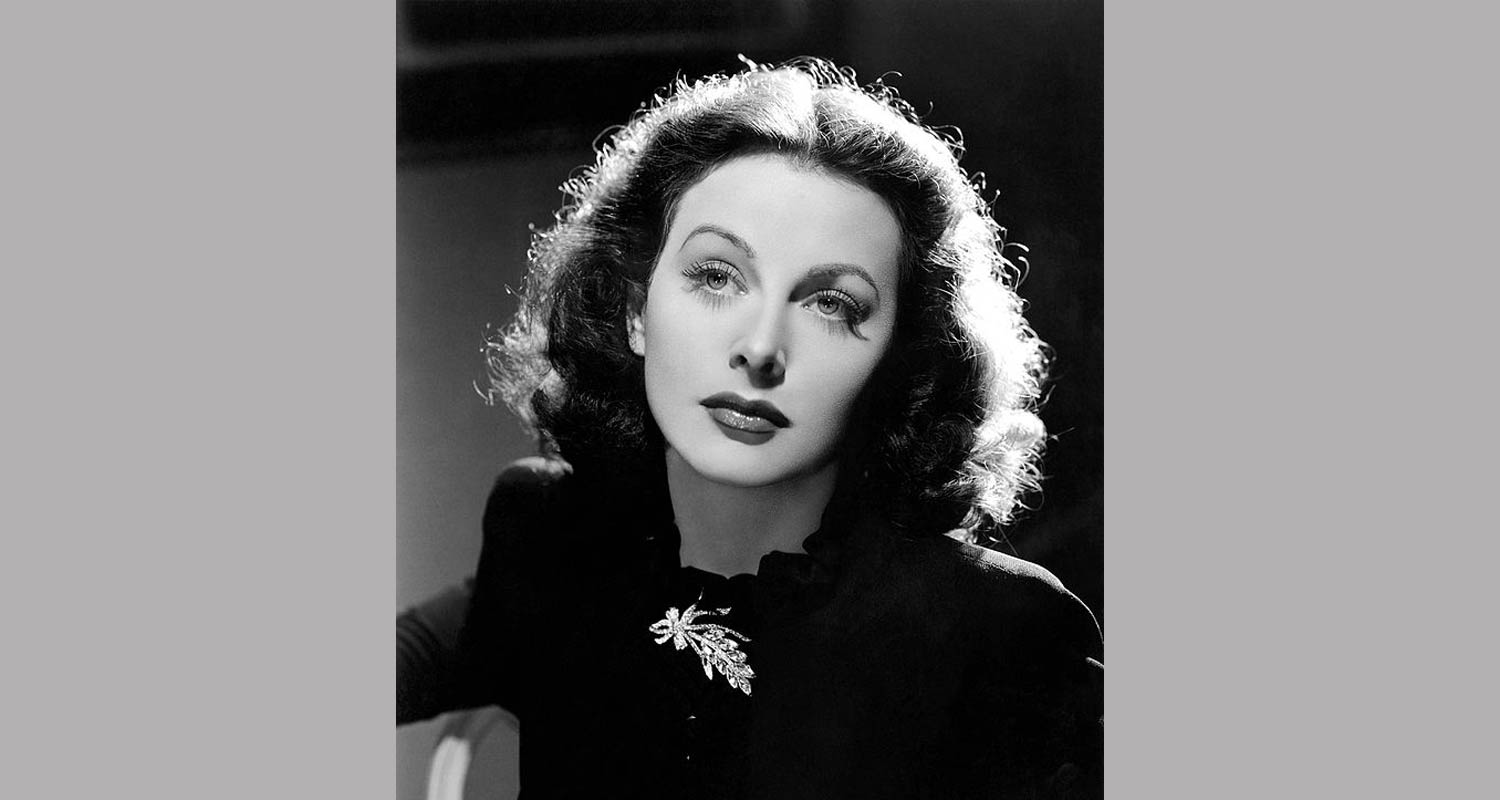
4. Hedy Lamarr
Born Hedwig Eva Maria Kiesler on 9 November 1914 in Austria, Hedy Lamarr gained some renown – as well as earning a decent living – for her work as a Hollywood actress. Her contributions to the technology sector, however, went largely unnoticed during her lifetime. During World War 2, Lamarr collaborated with composer George Anthiel to develop a frequency-hopping spectrum system for radio communication intended to prevent the jamming of radio-guided missiles. Their invention was not used in the war but the duo were awarded the patent for it in 1942. The technology laid the foundation for the wireless technologies in common usage today, including Wi-Fi and Bluetooth.
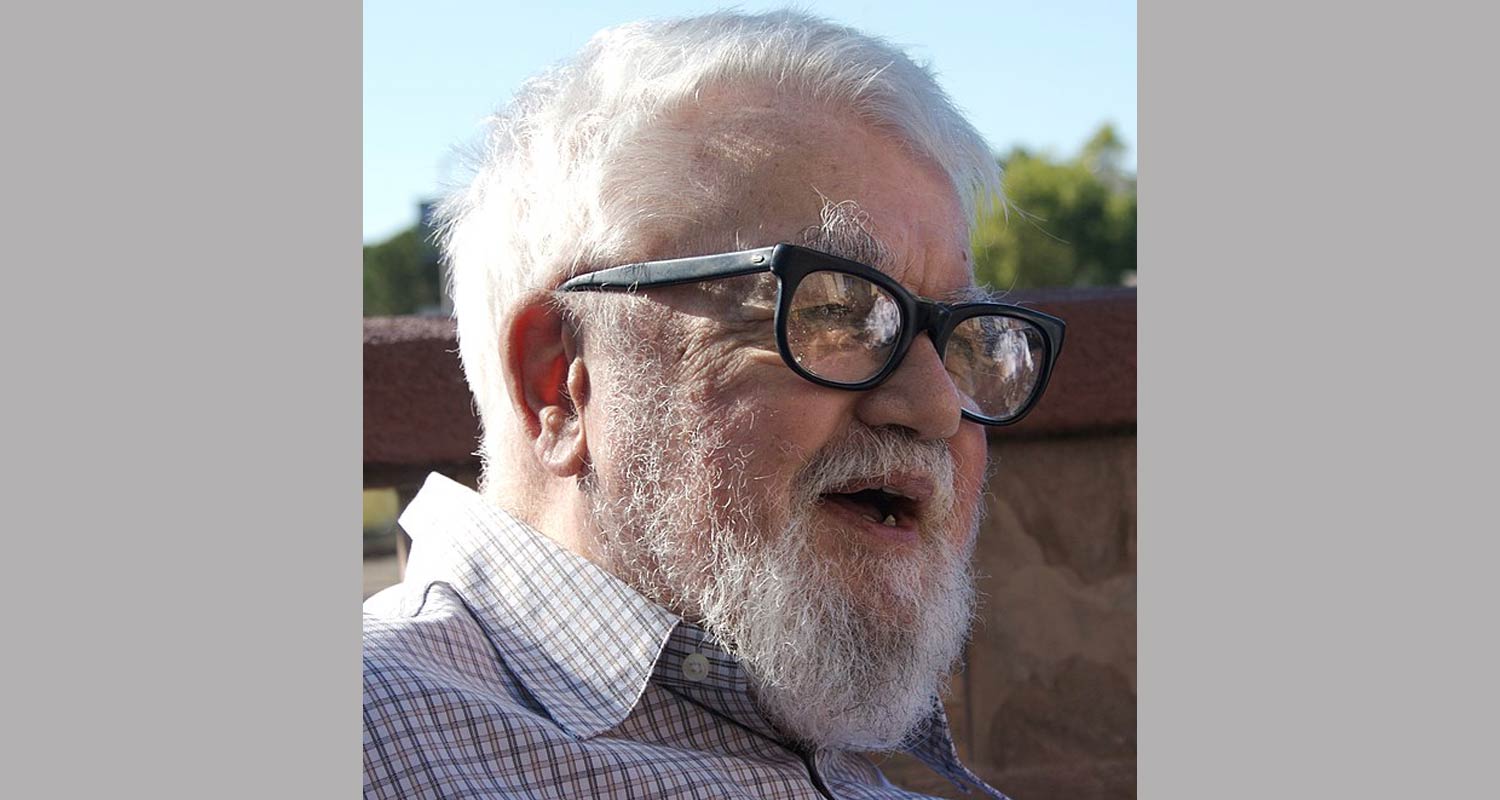
5. John McCarthy
John McCarthy is an MIT fellow best known as the inventor of Lisp, a forerunner to modern programming languages that introduced concepts such as symbolic expressions, recursion and garbage collection – all still used today. McCarthy’s contributions to the field of artificial intelligence are much more wide-ranging, spanning knowledge representation, planning, natural language processing and robotics. Most notable among these, perhaps, is his coining of the phrase “artificial intelligence” to describe the entire enterprise.
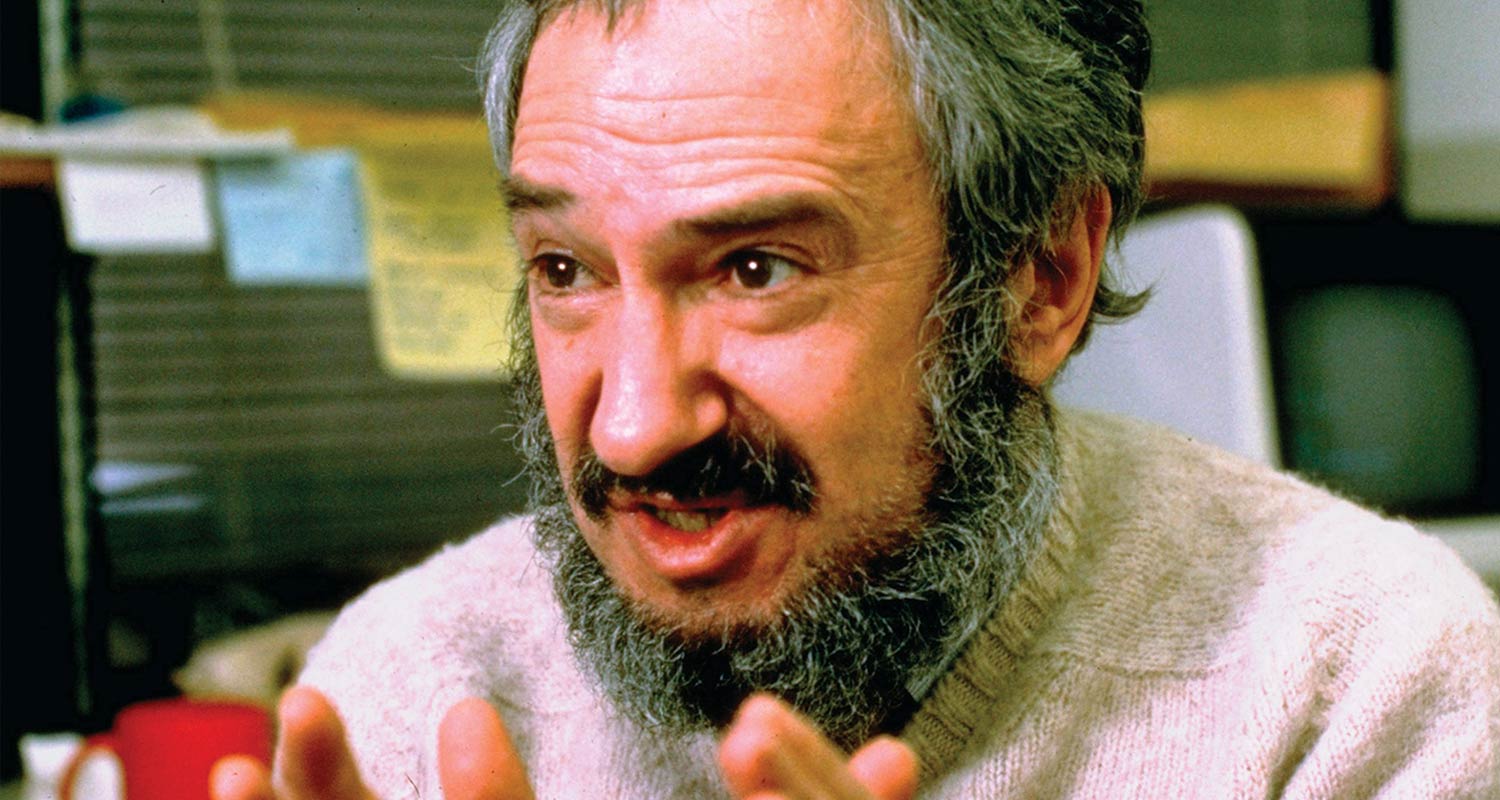
6. Seymour Papert
South African born Wits mathematician and MIT computer scientist Seymour Papert is the creator of the Logo programming language, a tool to help children develop their thinking and problem-solving skills. Papert’s work revolved around theories of learning and how computing could be used as a tool to enhance the learning process. He was one of the principals of the Once Laptop per Child initiative, and in collaboration with Lego created the Mindstorms robotics kits – named after a 1980 book also by Papert.
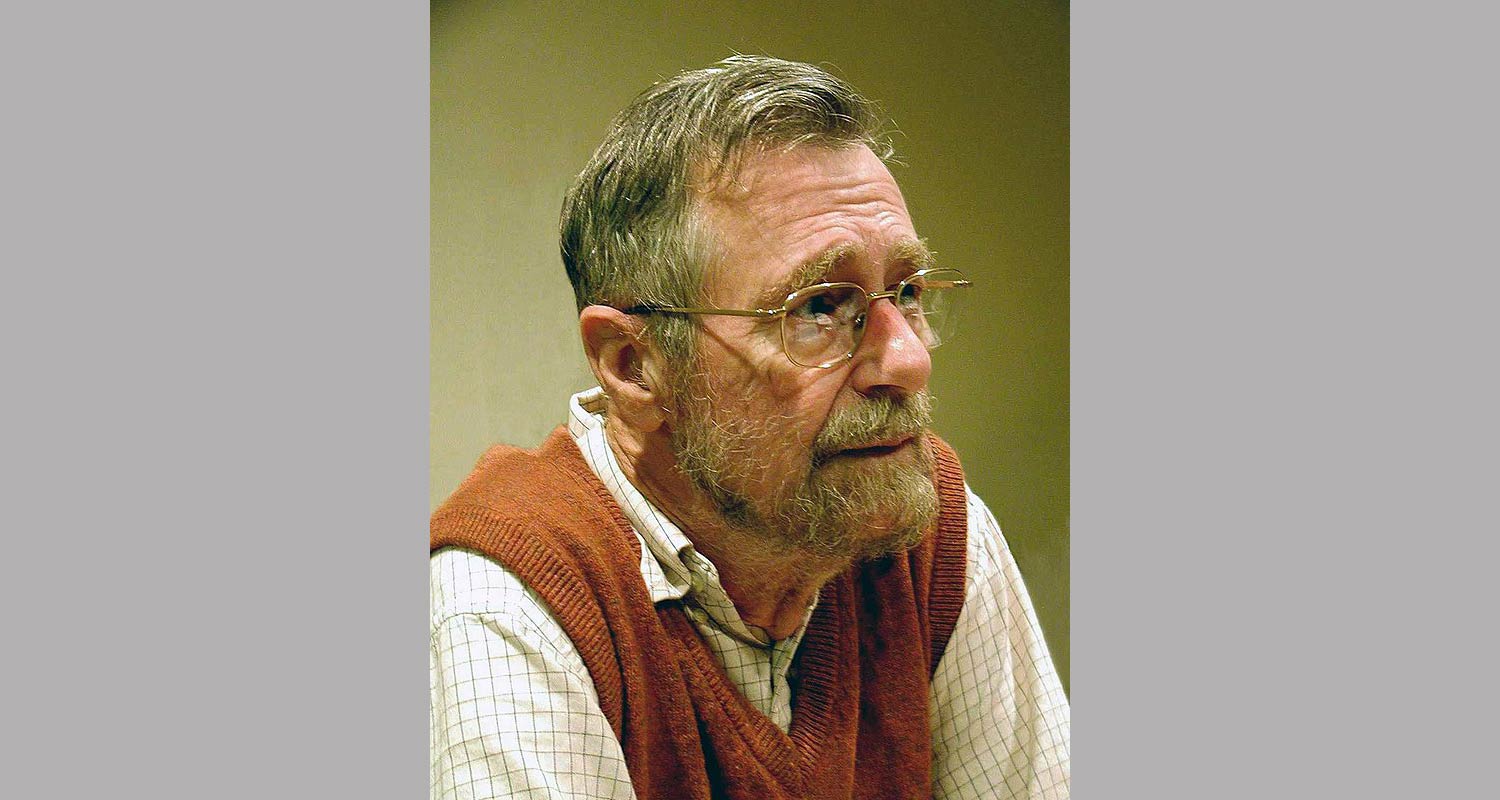
7. Edsger Dijkstra
Edsger Dijkstra was born in Rotterdam in the Netherlands on 11 May 1930. He went to become a lecturer in his homeland and then eventually at the University of Austin, Texas. His paper, “Go To Statement Considered Harmful”, published in the Communications of the Association for Computing Machinery in March 1968, advocated for the discipline of structured programming to improve the organisation of programs and the predictability of code. The paradigm has since been incorporated into most modern production programming languages and is a key tenet of software engineering best practices.

8. Tim Bray
Canadian-born computer scientist Tim Bray is one of the original contributors to the XML standard. The importance of XML as a data interchange format between different systems, especially those built using disparate technologies, is often underplayed. XML played a crucial role in the development of web services, forming the basis the Simple Object Access Protocol (Soap) and facilitating the growth of service-orientated architectures and large-scale distributed applications.
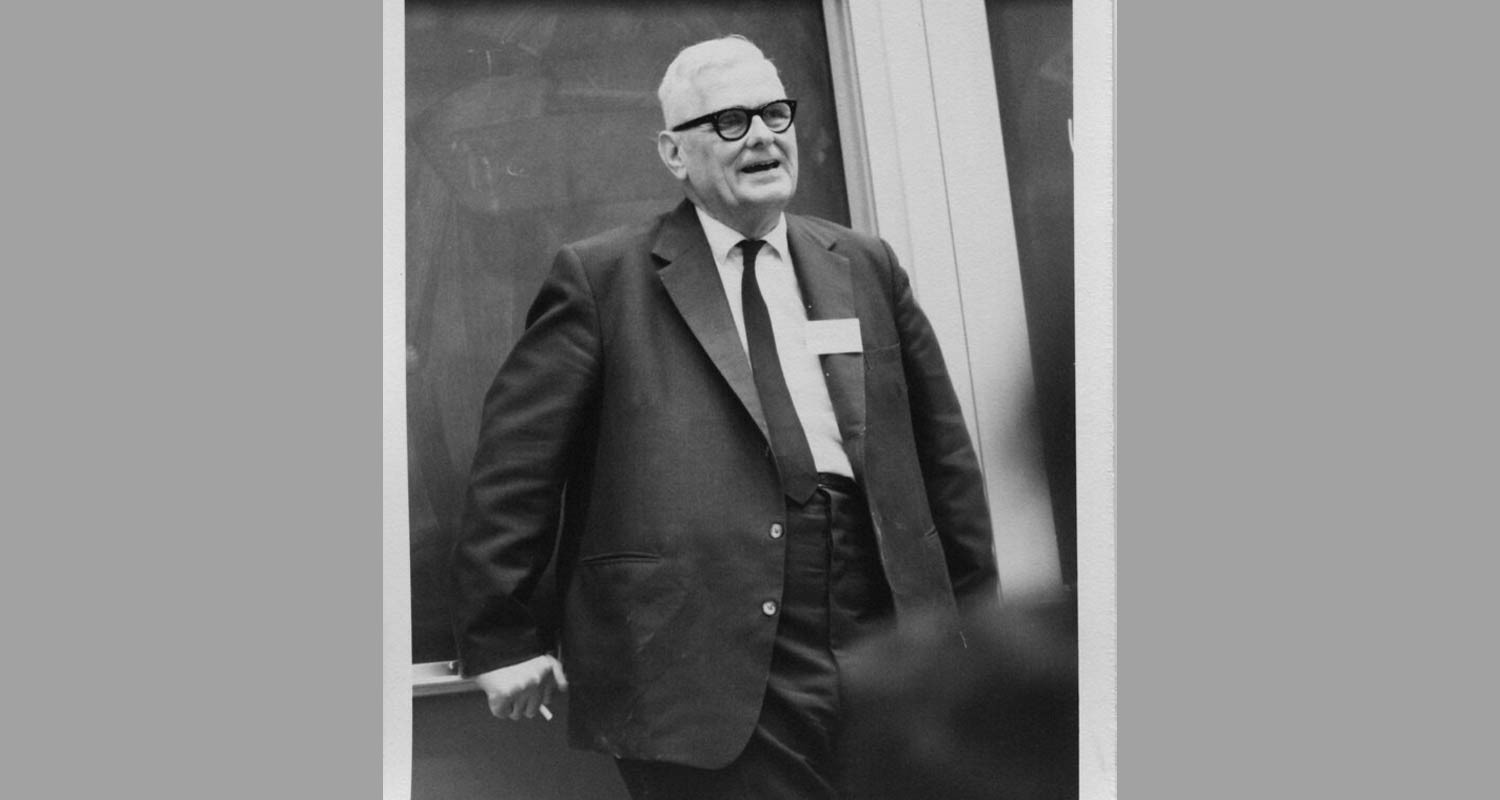
9. Alonzo Church
Alonzo Church was a mathematician, logician and computer scientist who lived from 1903 to 1995. He is considered one of the founding fathers of computer science because of his work on Church Numerals (an encoding of natural numbers), lambda calculus and what is most famously known as the Church-Turing thesis – a theory of the nature of computable functions. Church is given credit for his theory of computability alongside Alan Turing, who developed his concept of a Turing Machine and the kinds of numbers that could be computed using it around the same time that Church came up with his theory.
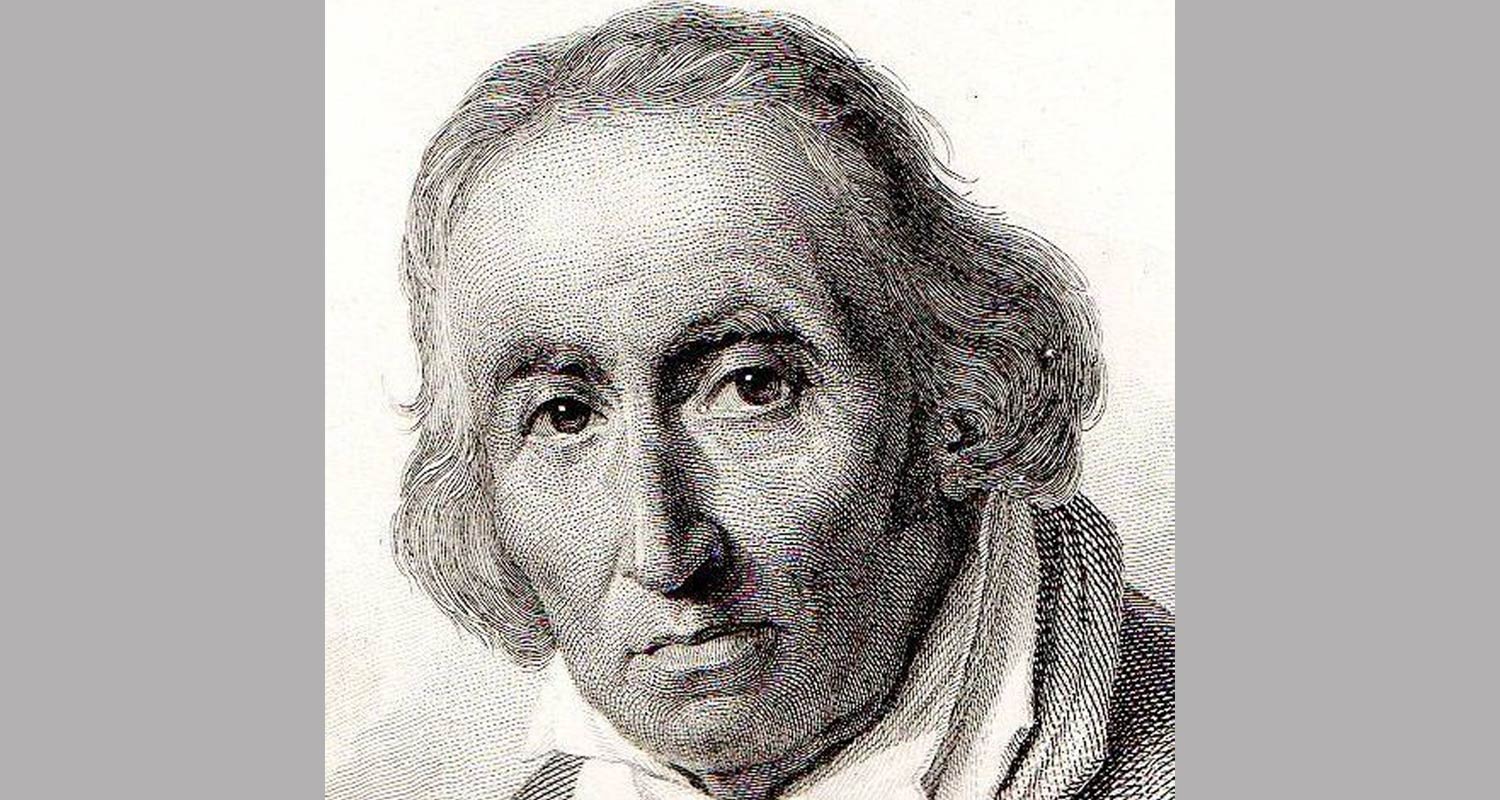
10. Joseph Marie Jacquard
Joseph Marie Jacquard was a French weaver and merchant who lived from 1752 to 1854. He is the inventor of the Jacquard loom, which differed from any other loom preceding it because it was programmable. A chain of cards, each with holes punched into them to depict the pattern of a single row of the design, controlled the machine’s output. This made it possible to create complex patterns using far less labour in a shorter time. The Jacquard loom is an early example of a programmable machine which later influenced Charles Babbage’s Analytical Engine and the design of the first computers by IBM in the 1950s. – © 2024 NewsCentral Media


